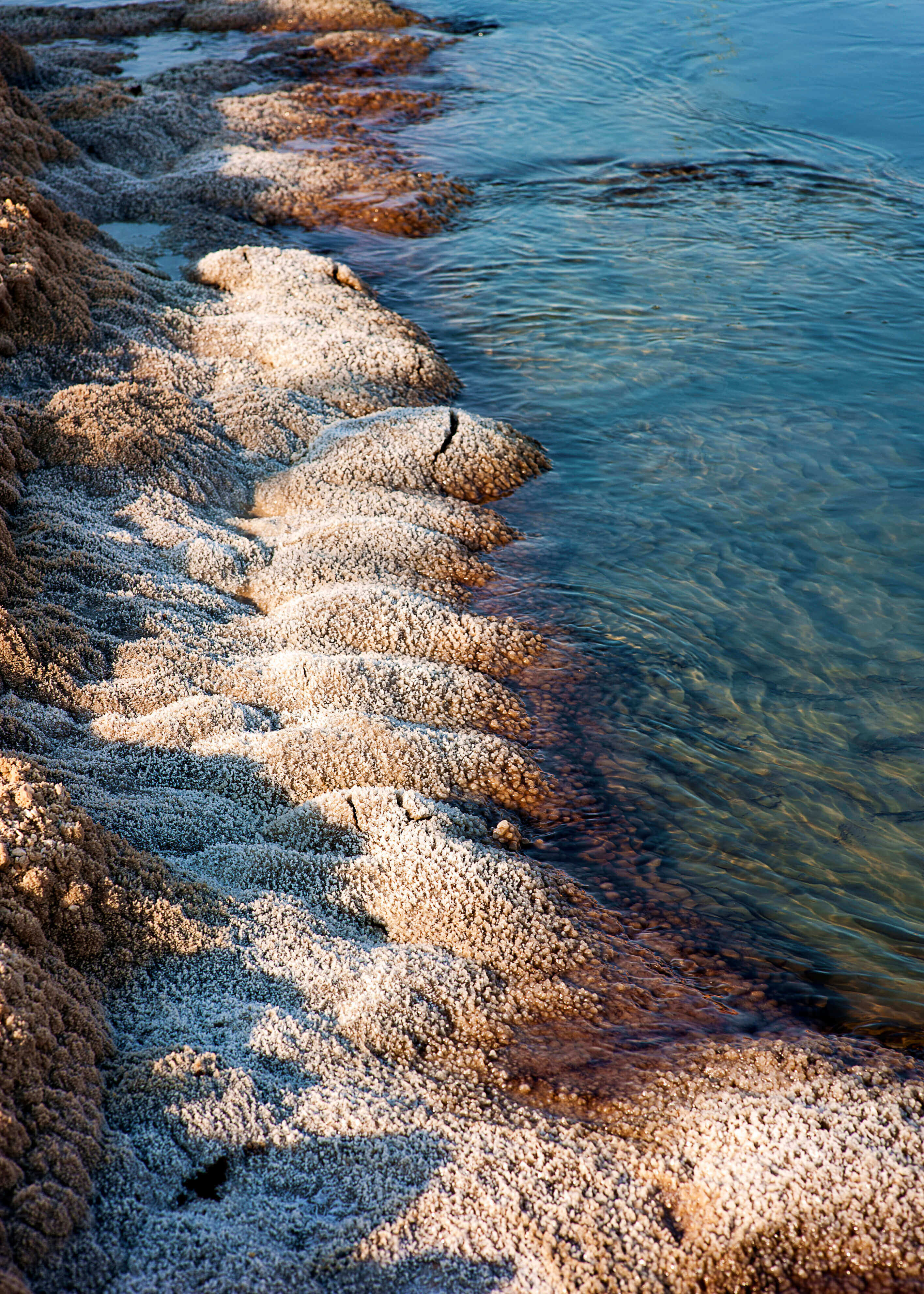Dead Sea Water Level
The Dead Sea is a rare natural resource with high environmental value. The water level of the Dead Sea has been dropping at an annual rate of about 115 cm in recent years. This is causing its surface area to shrink, revealing large areas that were once underwater while forming dangerous sinkholes that result in infrastructure damage. The decline in water levels also accelerates the erosion of the courses of streams. \

Dead Sea Water Level
The Dead Sea is an endorheic lake and the decrease in its water level results from the balance between the amount of water that enters the lake and the amount of water that evaporates from it. That is, if more water evaporates from the Dead Sea than enters it, there is a negative water balance.
The grand majority of the decrease in the Dead Sea water level is the result of the drastic reduction in the amount of water entering it. The water is taken upstream, never reaching the Dead Sea, and is used for drinking and agriculture.
While evaporation from the Dead Sea, including the Southern basin now being utilized for mineral extraction, has remained relatively constant since the 1960s, there has been a significant decrease in water entering the Dead Sea. This decrease is primarily due to increased utilization of the Jordan river’s water and its sources by Israel, Jordan, the Palestinian Authority, Lebanon and Syria for drinking, domestic and agricultural purposes. Other springs and rivers leading into the Dead Sea have also been tapped for the purpose of human water supply. Unfortunately, the Dead Sea water levels have been decreasing even more rapidly in the past two decades, as more water is being utilized upstream, due to the large increase in the region’s populations.
An annual decline of about 90 cm (almost one meter) in the sea level will continue even if ICL’s industrial operations are halted in the Southern basin.
The impact of mineral extraction activity by ICL Dead Sea differs from other factors restricting fresh water from entering the Dead Sea, in that it utilizes a pre-existing natural process, evaporation, to extract minerals from evaporation ponds constructed in the Southern basin of the Dead Sea. On an annual basis, ICL channels approximately 420 million m3 of Dead Sea water from the Northern basin to the evaporation ponds in the Southern basin. Of this amount, approximately 270 million m3 of brine are re-channeled back into the Northern basin at the conclusion of the mineral extraction process. Thus, following the extraction of multiple raw materials, including potash, magnesium, bromine and chlorine, ICL’s net impact on the amount of water in the Dead Sea amounts to approximately 150 million m3 per year. This evaporation rate would occur in the Southern basin whether or not the basin was utilized for mineral extraction, as long as its surface area was maintained.
Unfortunately, we expect the decline in the Dead Sea’s level to continue even if ICL’s industrial operations in the Southern basin are halted, since the sea’s water is not being replenished. Even ambitious plans to replenish the water in the Dead Sea from the Red Sea or the Mediterranean are only expected to slow down the current process.
Channeling water to the Southern basin of the Dead Sea enables the continued operations of the region’s two largest industries: mineral extraction and tourism.
It is also important to note that ICL Dead Sea’s channeling of water to the Southern basin is literally the lifeline for the thriving tourism industry in the region, that developed on the banks of ICL’s evaporation ponds in the Southern basin of the Dead Sea. Hotels cannot viably exist on the Northern basin shores, due to sinkholes and other vulnerabilities caused by the effects of the declining sea level. As a result, feasible solutions to mitigate the contraction of the Dead Sea must also take into account the ability to maintain these two leading industries that have co-evolved in the Southern basin of the Dead Sea.
Discover More


